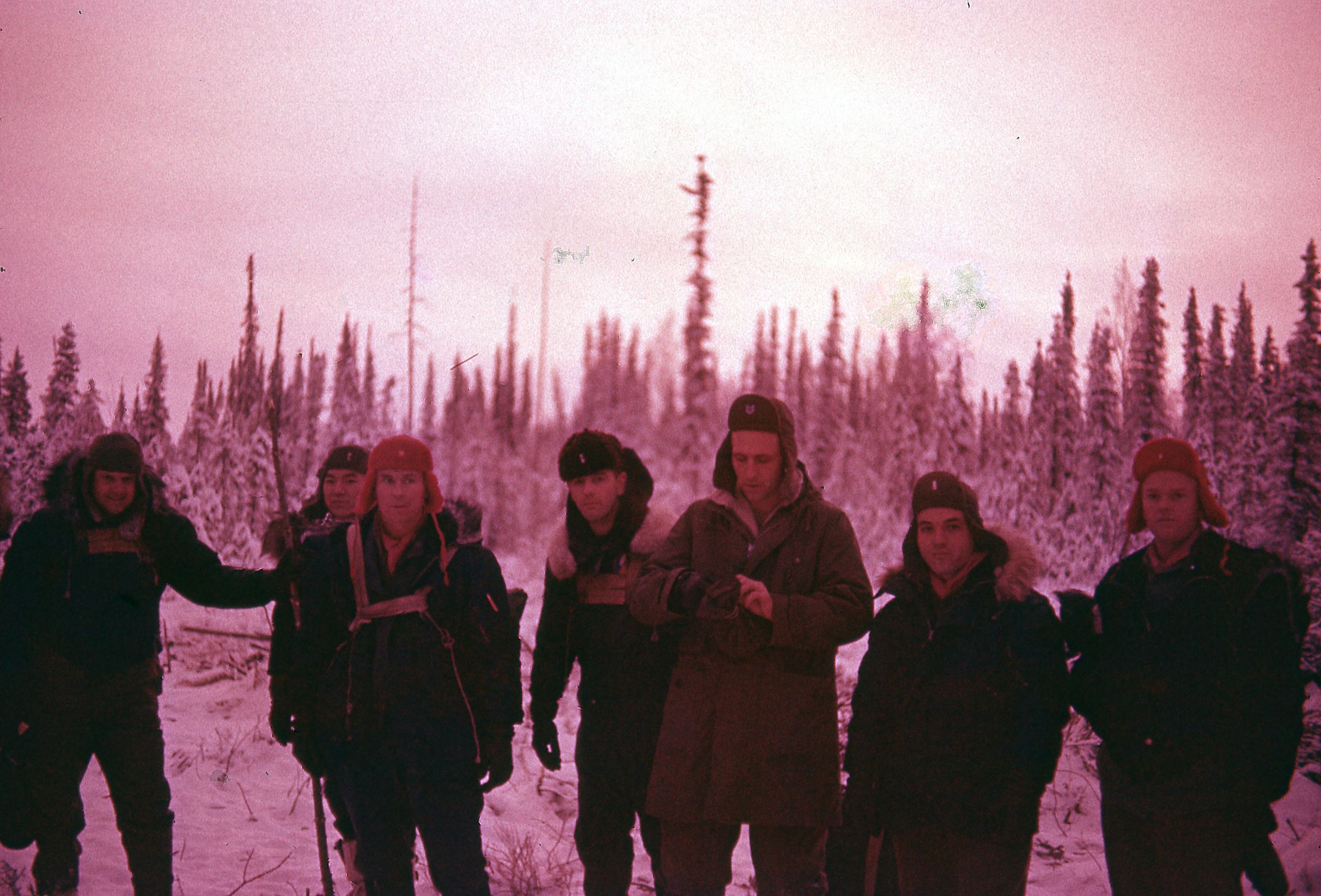If you listen to defenders of the US dollar, you might get the idea that cryptocurrencies are only good for funding terrorism and hard drugs. And when you consider that cryptocurrencies represent a pretty clear break with tradition, a conservative might be inclined to stick with what’s familiar.
That’s understandable. One of conservatism’s hallmarks is skepticism of change that happens too quickly or threatens well-established institutions. In this way, many conservatives think the US dollar is good enough: If it ain’t broke, don’t fix it.
But I want to make the case that the dollar is broken. Indeed, I want to persuade you that adopting cryptocurrency is an act of patriotism.
Yellen’ at Bitcoin
“To the extent it is used,” said Treasury Secretary Janet Yellen of bitcoin, “I fear it’s often for illicit finance.”
We can expect more of this kind of rhetoric from those who see cryptocurrencies as a threat to the dollar’s hegemony. This sort of rhetoric almost always precedes regulatory zeal. In this case, regulation would be designed to keep people locked in the dollar’s matrix. Otherwise, how will authorities make the people clean up their messes?
Remember, politicians created the money for the recent $1.9 trillion “stimulus” package out of thin air. This sent US debt to GDP well past 100 percent. To pay off this debt, the choices are taxation or inflation.
But nevermind the debt. Yellen wants you to look over there, instead.
Bitcoin is “extremely inefficient” as a transaction medium, she says, as if bitcoin were the only cryptocurrency, and the US Treasury and Mastercard are one and the same. She neglects to compare bitcoin transmission to shipping stacks of dollar bills, which also happens to be a method preferred by terrorists and drug dealers. Yellen certainly doesn’t want to talk about bitcoin’s utility as an investment vehicle—particularly as a hedge against inflation.
Fealty to the dollar is fealty to her appointers.
Centralization Means Inflation
“As measured by the Consumer Price Index,” says monetary economist Lawrence H. White in an interview, “today’s $1 buys no more than what 3.7 cents bought in 1913. The dollar has lost 96.3 percent of its purchasing power.”
In 2021, some estimates have prices rising by 2.5 percent, but inflation doesn’t just show up in almond milk and toothpaste. Asset prices seem to be in bubble territory, as well.
Despite its volatility, bitcoin hasn’t lost value. Yet throughout its eleven years of existence, skeptics have argued that the world’s first cryptocurrency is just a fad or worse, a Ponzi scheme. Others claim bitcoin has no ‘intrinsic value.’ Fed Chairman Jerome Powell, without a hint of irony, recently said of cryptocurrencies that “they’re not backed by anything.”
Trouble is, nothing has intrinsic value. Value is subjective. Even if we agree that people tend to value gold or silver, which might justify staying with a gold-backed dollar, the dollar hasn’t been on a gold standard since 1933. Anyone waiting for the dollar to return to a gold standard will be waiting a long time. That includes Jerome Powell.
“Our monetary system today is too centralized and too political,” says Lawrence H. White. “The supply of money depends on a single committee of political appointees at the Fed. They have no crystal ball and are subject to fads in macroeconomic thinking.”
White thinks we’d be better off with a private monetary system similar to that envisioned by F. A. Hayek. He adds: “A better alternative is a decentralized commodity standard with competition among private money issuers.”
What Slinks at the Bottom of the Red Ink Ocean
Progressives created the Federal Reserve in 1913, purportedly to stabilize the financial system. Whether the mandarins achieved that stability is arguable, they succeeded in concentrating on outsized financial power in Washington and New York. The Federal Reserve is thus tangled in an unholy relationship with the federal government. That fact enables political authorities to spend beyond their means and tax people surreptitiously through inflation.
So, when I say the dollar is broken, I mean both the federal government and the Federal Reserve systems are broken. In my latest book, I thus argue that the United States is headed for collapse.
Ah, but surely we shouldn’t underestimate the resilience of the mighty US economy. Can’t we grow our way out of the US debt and unfunded liabilities?
Here’s Lawrence White for an encore:
Even if Congress were to balance the federal budget, which it won’t, it would take decades for economic growth to bring the debt/GDP ratio (currently 130 percent of GDP) down to where it was 20 years ago (54 percent of GDP). It’s mathematically impossible to grow our way out of the national debt when federal budget deficits are so large on average as to make the stock of debt grow faster than the real economy.
Unlike central banks, private issuers can’t afford to get things wrong. And this is precisely the insight understood by the creators of cryptocurrencies. All of them are competing to provide the properties people want to see in 21st century assets.
Programmable Properties
The dollar’s defenders tend to pick on bitcoin, say, for its volatility. But myriad alternatives offer different properties, many of which have pre-programmed price stability. Some have higher transaction speeds, including hard forks of bitcoin. Consider, for example, the average transactions per second (tps) for each:
- Bitcoin (BTC) - 7 tps
- Bitcoin Cash (BCH) - 300 tps
- Bitcoin SV (BSV) - 224 tps
All of these options have sprung up in the last four years. Imagine if you could fork the US dollar and give users the choice of a gold-backed version. A lot of people would quite happily choose that forked dollar. Alas, no such option is available. So we criticize by creating.
None of the versions of bitcoin are themselves a static system. Instead, each evolves and improves. If higher transaction speeds were all anyone was looking for in a property, one might choose other blockchains. But a lot of people are happy with “digital gold,” at least for now.
The thing about cryptocurrencies is this: Nearly any property is programmable. People want myriad features in their tokens, though sometimes these properties require tradeoffs one against another. Yet these decentralized systems are continuously improving. Here are some of their key features:
- Sovereign and permissionless
- Anonymous
- Secure
- Medium of exchange
- Transaction speed
- Deflationary
- Stable
- Low transaction fees
- Store of value
- Liquid
- Smart contracts
- Tokenization
With each passing day, programmers are developing new properties. That means each offers people more of exactly what they’re looking for in an asset. In this way, the systems themselves have instrumental value, depending on what properties you want and the emergent network effects they give rise to. The dollar has legacy network effects, to be sure. Still, it is tied to the capricious nature of politics—a fact which America’s Founders would surely have despised.
Jeffersonian Patriotism
Thomas Jefferson didn’t want a central bank. And in an 1803 letter to Albert Gallatin, he wrote:
The Bank of the United States is one of the most deadly hostilities existing, against the principles and form of our Constitution. An institution like this, penetrating by its branches every part of the Union, acting by command and in phalanx, may, in a critical moment, upset the government.
Jefferson tried to warn us, and yet his worries turned out to be only half the story. The government and the central bank are mutually corruptive.
Jefferson would have been happy to water the tree of liberty with a bleeding US dollar. I bet he would have cheered the rise of cryptocurrencies, even if only because they represent a popular revolt against political elites in collusion with central bankers.
So, is cryptocurrency for conservatives?
Patriotism should never be confused with nostalgia. While some conservatives might be willing to settle for a system that props up the political class and their profligacy, most understand Russell Kirk’s Seventh Law of Conservatism, which says that freedom and property are linked:
“Separate property from private possession, and Leviathan becomes master of all,” Kirk wrote. “Upon the foundation of private property, great civilizations are built. The more widespread is the possession of private property, the more stable and productive is a commonwealth.”
Cryptocurrencies are designed to create financial sovereignty for everyone. If conservatives continue to stay locked in the dollar’s matrix, they will be playing into the hands and plans of people they most oppose.
-
Max Borders is author of After Collapse: The Death of America and the Rebirth of Her Ideals. Support his work with cryptocurrency here.
Max Borders is author of The Social Singularity. He is also the founder and Executive Director of Social Evolution—a non-profit organization dedicated to liberating humanity through innovation. Max is also co-founder of the Voice & Exit event and former editor at the Foundation for Economic Education (FEE). Max is a futurist, a theorist, a published author and an entrepreneur.
This article was originally published on FEE.org. Read the original article.
 The Conservative Case for Cryptocurrency
The Conservative Case for Cryptocurrency
































